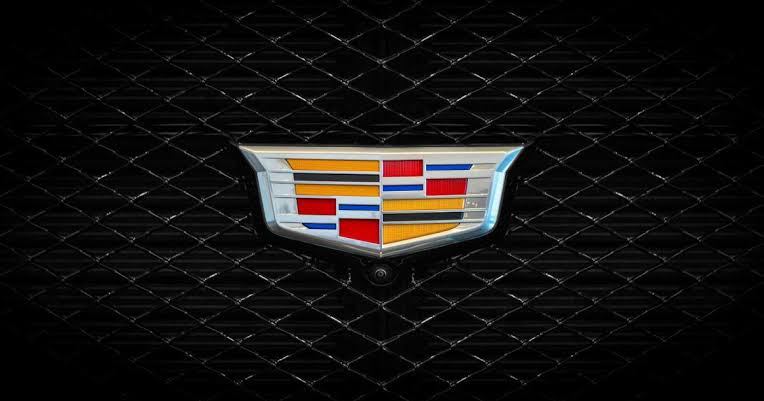
Rumors are swirling through the Formula 1 paddock after explosive claims emerged that the FIA may have quietly buried evidence of Cadillac violating technical regulations in preparation for their debut season. Whistleblowers allege that the American manufacturer’s prototype car incorporated illegal aerodynamic features that would have given it a substantial competitive advantage — yet no public penalties were issued.
Insiders suggest that senior FIA officials, under pressure to ensure Cadillac’s high-profile entry remains a financial and promotional success, opted for discreet “internal resolutions” rather than public sanctions. This alleged leniency has sparked outrage among rival teams, who argue that such preferential treatment undermines the sport’s integrity and fairness.
Documents reportedly leaked from within the FIA’s technical department hint at “compliance irregularities” discovered during a closed-door inspection. However, the findings were allegedly reclassified as “minor technical discrepancies,” allowing Cadillac to continue development without public scrutiny or mandatory redesigns.
While the FIA has officially denied any wrongdoing, insisting all manufacturers are held to identical standards, critics point to the governing body’s history of selective enforcement and opaque decision-making. In an environment where even a millimeter of aerodynamic deviation can trigger disqualification, the silence over Cadillac’s supposed infringements is being viewed by many as suspiciously convenient.
Whether these allegations prove to be baseless gossip or the tip of a much deeper conspiracy, one fact is undeniable — the FIA’s credibility is once again under the microscope, and Cadillac’s already polarizing F1 debut now comes with a cloud of controversy hanging over its gleaming chrome badge.


